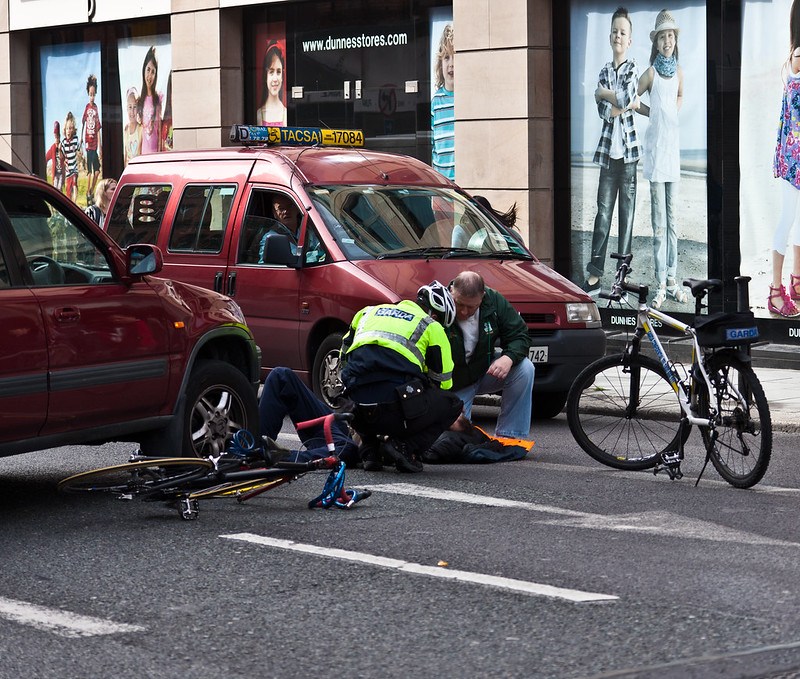About 2 in 3 cycling accidents with young people in Flanders happen due to a lack of infrastructure, such as separate bicycle lanes, a study showed.
To map cycling habits and accidents among young people and to emphasise the importance of good cycling infrastructure, Jef Vanparijs, a PhD student at VUB, surveyed 1,345 Flemish teenagers between 15 and 18, and asked them to keep a so-called 'travel diary' for a year, in which they wrote how they got to and from school.
The data shows that 47% of the Flemish teenagers who took part in the study go to school by bicycle at least once a week. 27% take the bicycle daily.
Teenagers more often opted for a bicycle when they had to travel short distances and could bike along quiet roads with less traffic, but the presence of cycling infrastructure, such as (separate) bicycle lanes, did not seem to play a role in their decision to take the bike.
However, 67% of cycling accidents with teenagers happen on those quiet roads. In 79% of cases, a human mistake is at the basis of the accident. The other 21% of cases are caused directly by the infrastructure.
"The quiet roads make it easier for young people to get on their bikes, perhaps because they think that is safer, but that is not the case, because there is often no separate cycle path on such roads. This translates into a higher risk if you cycle along such roads rather than on a busier street but with a separate cycle path," Vanparijs told Bruzz.
"Making busy streets safer by reducing the speed limit to, for example, 30 km/h and providing sufficient cycling infrastructure on all types of roads is, therefore, the idea to make cycling safer and get more people to cycle," he added.
Maïthé Chini
The Brussels Times

